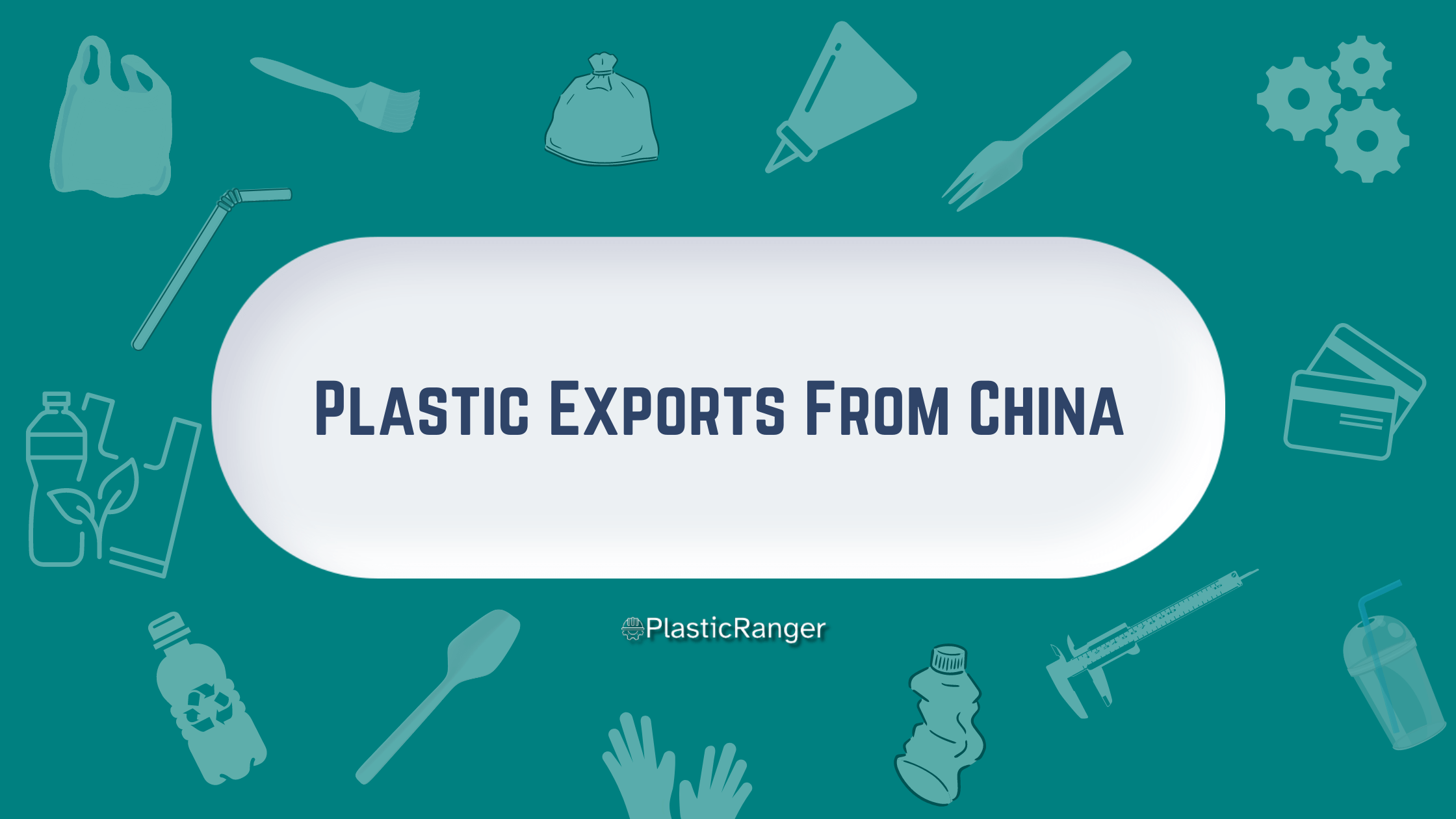Plastic Exports from China: A Comprehensive Overview
Historically revered as the ‘world’s factory,’ China is indisputably a titan in global plastic production and export. Vast manufacturing capabilities, low production costs, and a massive labor pool back its ascendancy in the plastic industry.
This dominance has far-reaching implications for global markets, environmental concerns, and trade dynamics.

Historical Context
China’s prolificacy in plastic exports can be traced back to the economic liberalization policies of the late 20th century. With the “Open Door” policy initiated in 1978, foreign investments flooded in, leading to rapid industrialization.
The ensuing decades witnessed China capitalizing on this momentum, gradually cementing its position as the world’s premier plastic producer.
Volume and Value
China’s plastic exports are staggering in both volume and value. According to data from the late 2010s and early 2020s, China was responsible for a substantial proportion of global plastic exports, outpacing its nearest competitors by a significant margin.
Chinese plastic products, from basic raw materials like polyethylene, polycarbonate, polystyrene, and polypropylene to intricate goods like electronics, toys, Furniture, automobiles, and packaging materials, find their way to virtually every corner of the globe.
Trade Dynamics
Several factors have reinforced China’s dominance in plastic exports. The scale of its production capacity allows for economies of scale, driving down per-unit costs. A broad domestic supply chain ensures the seamless availability of raw materials.
Moreover, its strategic location in East Asia provides convenient access to key markets such as the ASEAN nations, Europe, and North America.
However, this dominance also means that global plastic supply chains often intertwine with China’s political and economic policies.
Trade disputes, such as the U.S.-China trade war that started in 2018, impacted the flow of plastic goods, with tariffs and counter-tariffs affecting prices and availability in global markets.
Several injection molding machine manufacturers have set up their bases in China to take advantage of the various opportunities provided by the country.
Environmental Concerns
China’s role in the plastic industry is also crucial from an environmental perspective. The sheer volume of its plastic production has raised eyebrows regarding waste management and environmental degradation.
For years, China was the world’s largest importer of plastic waste, recycling it for further use. However, the “National Sword” policy implemented in 2018 banned the import of many types of solid wastes, including plastics.
This step underscored China’s intent to tackle its burgeoning waste problems and necessitated shifts in global plastic recycling paradigms. Moreover, the world is grappling with the challenge of plastic pollution, and as the most prominent plastic producer, China bears a significant responsibility.
Recognizing this, the country has taken steps towards reducing single-use plastics and promoting biodegradable alternatives.
Future Outlook
Several trends are poised to shape the future of China’s plastic exports:
Sustainability Shift: As global consciousness towards environmental sustainability grows, there’s pressure on China to adopt greener production methods, reduce single-use plastics, and develop biodegradable alternatives.
Technological Advancements: With advancements in material science, the plastic industry is on the cusp of innovation. China’s prowess in R&D means it is well-positioned to drive and benefit from these innovations.
Diversified Supply Chains: The COVID-19 pandemic and geopolitical tensions have underscored the risks of over-reliance on a single supply source. Consequently, global businesses might seek to diversify their supply chains, which could challenge China’s dominance to an extent.

Quick Navigation
